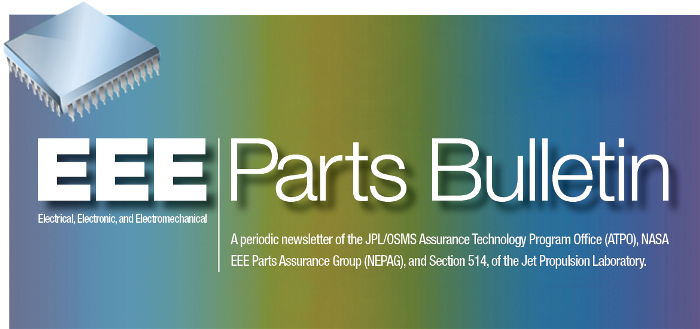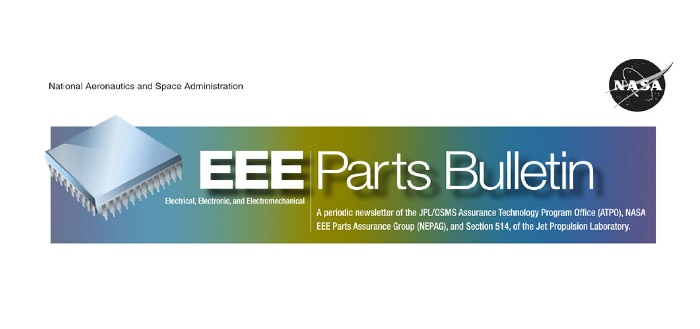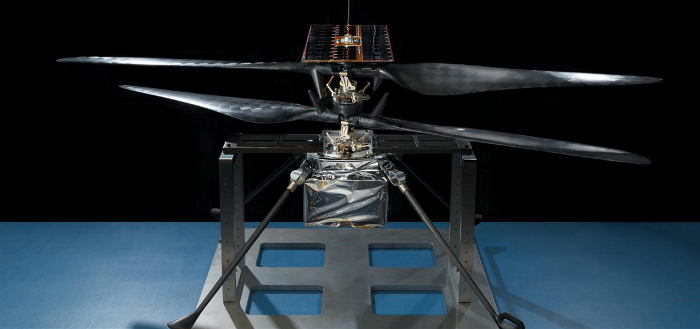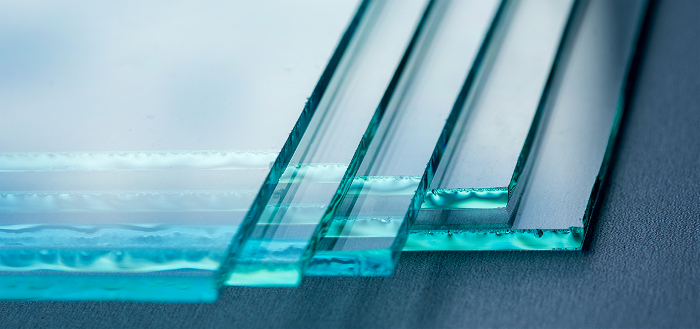New Issue of EEE Parts Bulletin Now Available, March 2024
April 05, 2024
1-minute read

The EEE Parts Bulletin for March 2024 provides an overview of the new NASA Parts Engineering Program in collaboration with The University of Maryland, Auburn University, the University of Central Florida and numerous NASA centers.
New Issue of EEE Parts Bulletin Now Available
July 24, 2023
1-minute read

The EEE Parts Bulletin for May 2023 provides an overview of a new effort to develop a NASA Parts Engineering School in collaboration with The University of Maryland, Auburn University and numerous NASA centers.
New Issue of EEE Parts Bulletin Now Available
December 21, 2022
1-minute read

The EEE Parts Bulletin for November 2022 includes a thorough analysis of Covid-19’s impact on the Electrical, Electronic and Electromechanical (EEE) parts supply chain and also offers approaches to risk reduction.
NASA Collaborates With External Organizations to Improve Workforce Development
June 29, 2022
6-minute read

NASA’s radiation effects community, with support from the NASA Electronic Parts and Packaging program, collaborated with Texas A&M University academia and Radiation Effects Facility staff to develop a radiation effects training “boot camp,” first held in February 2022, with plans for future annual training. The boot camp was in response to a National Academy study called “Testing at the Speed of Light,” that looked at the available U.S. infrastructure available to provide the types of energy and ions used to do the type of spaceflight testing NASA aims to do and also the people available to do the work. Training included attendees from government, industry and academia.
NASA Employee Plans Retirement 3 Years in Advance, Leads Successful Knowledge Transfer
December 16, 2021
5-minute read

For years, Jean-Marie Lauenstein has been the sole Subject Matter Expert in Silicon Carbide Wide Band Gap Power Device Radiation Hardness Assurance, which is critical to the advancement of technology within NASA. Because of this, Lauenstein had to be more forward-thinking when planning her retirement. She provided her three-year retirement notice in 2018, giving both herself and the NASA Electronic Parts and Packaging Program managers enough time to prepare to transfer knowledge and find a reliable replacement.
NEPP Investments and Their Impact on Ingenuity’s Success
July 21, 2021
4-minute read

NASA’s Ingenuity Mars Helicopter made headlines in April after successfully completing the first powered controlled flight by an aircraft on a planet besides Earth. Ingenuity’s tremendous success demonstrates the continuing evolution of NASA’s Risk Management processes for infusing commercial technologies into space missions. While rightly described as a “high-risk, high-reward” technology demonstration, Ingenuity is completely based on well-reasoned and disciplined engineering analysis and methodical risk identification and mitigation schemes.
New Issue of EEE Parts Bulletin Now Available
May 27, 2021
1-minute read

The latest issue of the EEE Parts Bulletin covers news from the Electrical, Electronic and Electromechanical (EEE) Parts discipline from October 2020 through May 2021.
NEPP Pursues Advance Packaging Technology
May 03, 2021
3-minute read

The NASA Electronic Parts and Packaging (NEPP) Program is working to further advance packaging technology that has become a critical feature of modern Electrical, Electronic, Electromechanical and Electro-optical parts. In collaboration with its academic partner Georgia Tech, the NEPP Program is exploring 2.5/3D glass substrate technology for space applications.
Special Edition of EEE Parts Bulletin Now Available
December 17, 2020
1-minute read

The latest issue of the EEE Parts Bulletin covers news from the Electrical, Electronic and Electromechanical (EEE) Parts. This issue focuses on the comparison of test methods for Human Body Model Electrostatic Discharge.
New Issue of EEE Parts Bulletin Now Available
December 17, 2020
1-minute read

The latest issue of the EEE Parts Bulletin covers news from the Electrical, Electronic and Electromechanical (EEE) Parts discipline from March 2020 through October 2020.